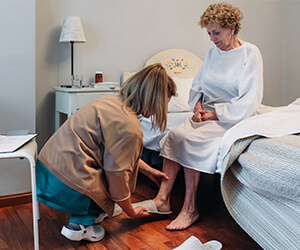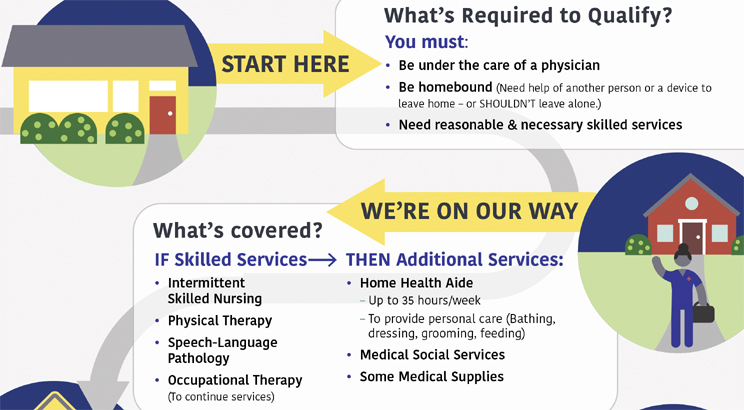
There are many important factors to consider whether you are looking to become a veterinarian, or are planning to pursue a career in the field of animal medicine. You need to ensure that your educational goals are met and that your professional association provides you with the resources you need. You can also use a variety of tactics to make sure you're well-prepared for your career.
One strategy is ensuring that you can get research or internship experience while in school. This will allow you to grow your interests and skills. Another option is to get tuition relief or low-interest loans. Mentorship and other support can also be available to assist you in your career.
There are many options for early-career veterinarians when it comes down to what job they will do. They can work in various fields such as public health, medicine and research. A variety of recreational pursuits are also available to them. They may prefer to live in a smaller area or have more freedom, depending on their personal preferences.

There are many opportunities to work in the food supply industry. Some of these include working in research labs, commercial poultry, and backyard poultry. These positions provide excellent opportunities for those who are passionate about animals and want to help the welfare of the entire population. The United States Public Health Service has a position for veterinary scientists. Veterinary scientists test biological agents and animals in order to determine if there are any health risks to humans and livestock.
Research shows that bovine-related FSVM field demand is expected to increase by approximately one percent annually. The annual shortage of needed veterinarians will result in a reduction of four to five per cent. The resulting shortage will be primarily caused by a lack of bovine-interested veterinary college graduates.
UC Davis ran a research program in order to solve this problem. Researchers examined the factors that determine the career path of FSVM through ten questionnaires. The researchers also interviewed veterinary college students and faculty.
Among the findings was that more than half of the participants felt that their current job was satisfying. However, those who had to change jobs in the early stages of their careers felt less satisfied with their job. On the other hand, the majority of senior veterinarians who changed their jobs had adequate benefits and were able to use their medical knowledge and skills.

People who worked in the food supply sector had more experience with animals before they entered veterinary school. They also felt that food animal medicine was more prestigious than other careers. These individuals were less proud of their chosen profession.
The findings suggest that colleges of veterinarian medicine have many options to help increase the number of students entering the food supply sector. These include financial support and courses on production animal medicine. Lastly, veterinary medical associations can be proactive in promoting the advantages of animal medicine and provide training for new veterinarians.
FAQ
What are medical systems?
Medical systems are designed so that people can live longer, more fulfilling lives. They ensure patients receive the best medical care, when and where they need it.
They make sure that the right treatment is provided at the right time. They also provide information that doctors need to be able to offer the best advice possible on the most appropriate treatment for each patient.
What is the difference?
A doctor is a person who has successfully completed their training and is licensed to practice medically. A physician is a medical professional who specializes in one field of medicine.
What are the different health care services?
A health care service is a medical facility that provides healthcare services for patients. A hospital is an example of a healthcare facility. A hospital usually has many departments, such as an emergency department, an intensive care unit, an operating room, pharmacy and outpatient clinics.
What are the health services?
Patients should be aware of the fact that they have 24/7 access to high-quality healthcare. Whether you need an urgent appointment or a routine check-up, we're here to help.
There are many types of appointments available, including outpatient and emergency procedures, walk-ins, same day surgery, same-day surgeries, and emergency department visits. If you live far away from our clinic, we can also provide home health care visits. You don't have to come into our office if you are not comfortable. We'll make sure that you receive prompt care at your local hospital.
Our team includes nurses and pharmacists as well dentists. We want to make your visit as comfortable and painless possible.
How do I become an artistic health professional?
There are many routes to becoming a creative professional in health care. Some people start off as students. Others begin their careers in other areas such as engineering or business.
Some choose to study a course on a specific topic like health policy, management, or leadership. Others choose to enroll in an elective course that explores diverse perspectives on health care and health.
Whatever your pathway, you'll learn about topics related to health and health care through lectures, readings, group discussions, assignments, and projects. You might also be able to attend workshops, conferences and seminars.
After completing the program, you will have the knowledge to help clients, colleagues, patients, and other members of the health care system.
A doctorate could be your next step.
Statistics
- For the most part, that's true—over 80 percent of patients are over the age of 65. (rasmussen.edu)
- About 14 percent of Americans have chronic kidney disease. (rasmussen.edu)
- Price Increases, Aging Push Sector To 20 Percent Of Economy". (en.wikipedia.org)
- The health share of the Gross domestic product (GDP) is expected to continue its upward trend, reaching 19.9 percent of GDP by 2025. (en.wikipedia.org)
- Healthcare Occupations PRINTER-FRIENDLY Employment in healthcare occupations is projected to grow 16 percent from 2020 to 2030, much faster than the average for all occupations, adding about 2.6 million new jobs. (bls.gov)
External Links
How To
What are the 4 Health Systems?
The healthcare system includes hospitals, clinics. Insurance providers. Government agencies. Public health officials.
This project had the overall goal to create an infographic to explain the US's health care system to anyone who wanted it.
Here are some key points.
-
The annual healthcare expenditure is $2 trillion. This represents 17% the GDP. That's almost twice the size of the entire defense budget!
-
Medical inflation reached 6.6% last year, higher than any other consumer category.
-
Americans spend 9% on average for their health expenses.
-
Over 300 million Americans are uninsured as of 2014.
-
Although the Affordable Health Care Act (ACA), has been approved by Congress, it hasn't yet been fully implemented. There are still major gaps in coverage.
-
A majority of Americans believe the ACA should be maintained.
-
The US spends a lot more money on healthcare than any other countries in the world.
-
The total cost of healthcare would drop by $2.8 trillion annually if every American had affordable access.
-
Medicare, Medicaid, private insurers and other insurance policies cover 56%.
-
These are the top three reasons people don’t get insured: Not being able afford it ($25B), not having enough spare time to find insurance ($16.4B), and not knowing anything ($14.7B).
-
There are two types, HMO (health maintenance organization), and PPO (preferred providers organization).
-
Private insurance covers most services, including doctors, dentists, prescriptions, physical therapy, etc.
-
Public programs provide hospitalization, inpatient surgery, nursing home care, long-term health care, and preventive services.
-
Medicare is a federal program that provides senior citizens with health coverage. It covers hospital stays, skilled nursing facility stay, and home healthcare visits.
-
Medicaid is a program of the federal and state governments that offers financial assistance to low-income people and families who earn too much to be eligible for other benefits.